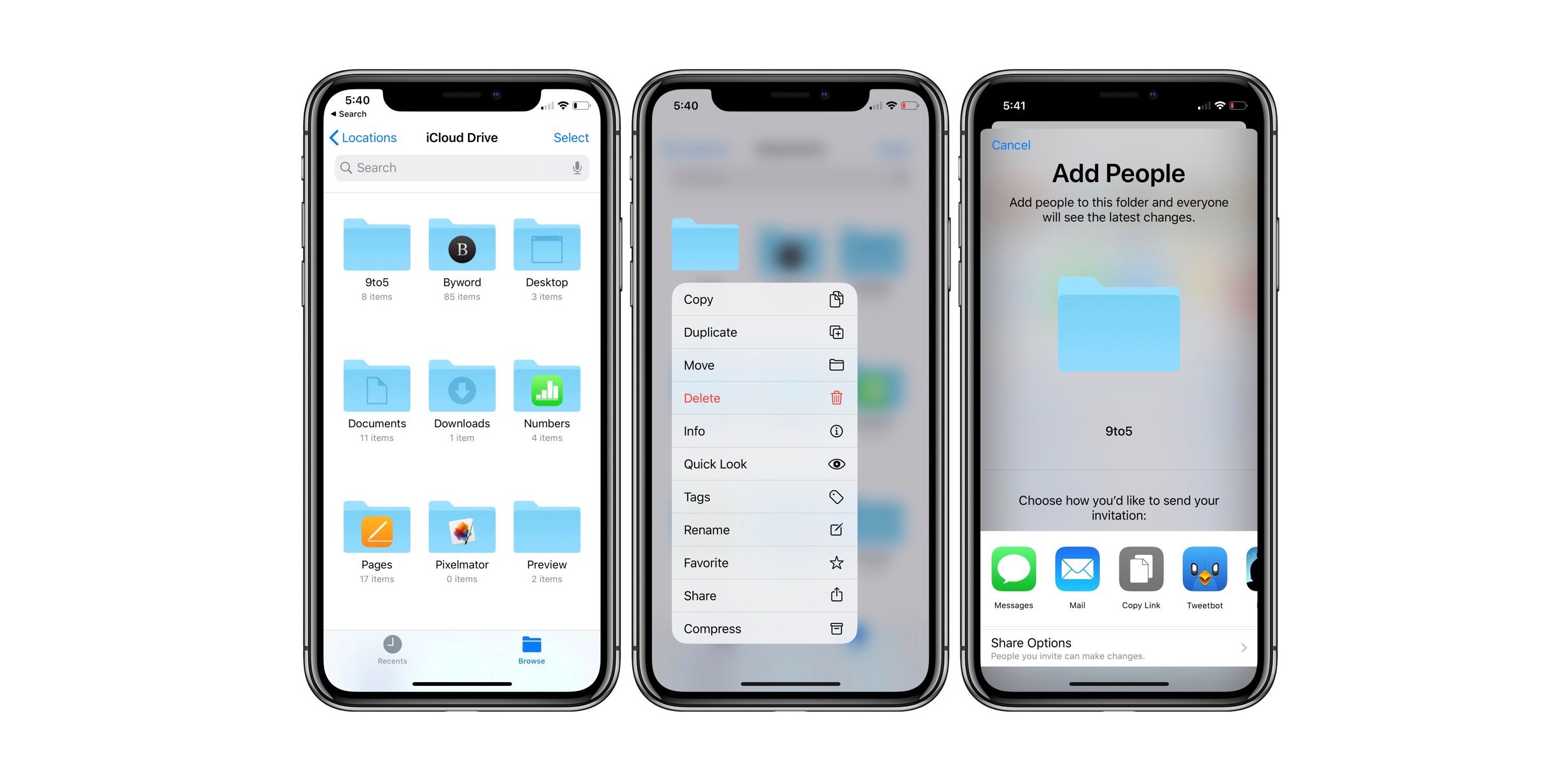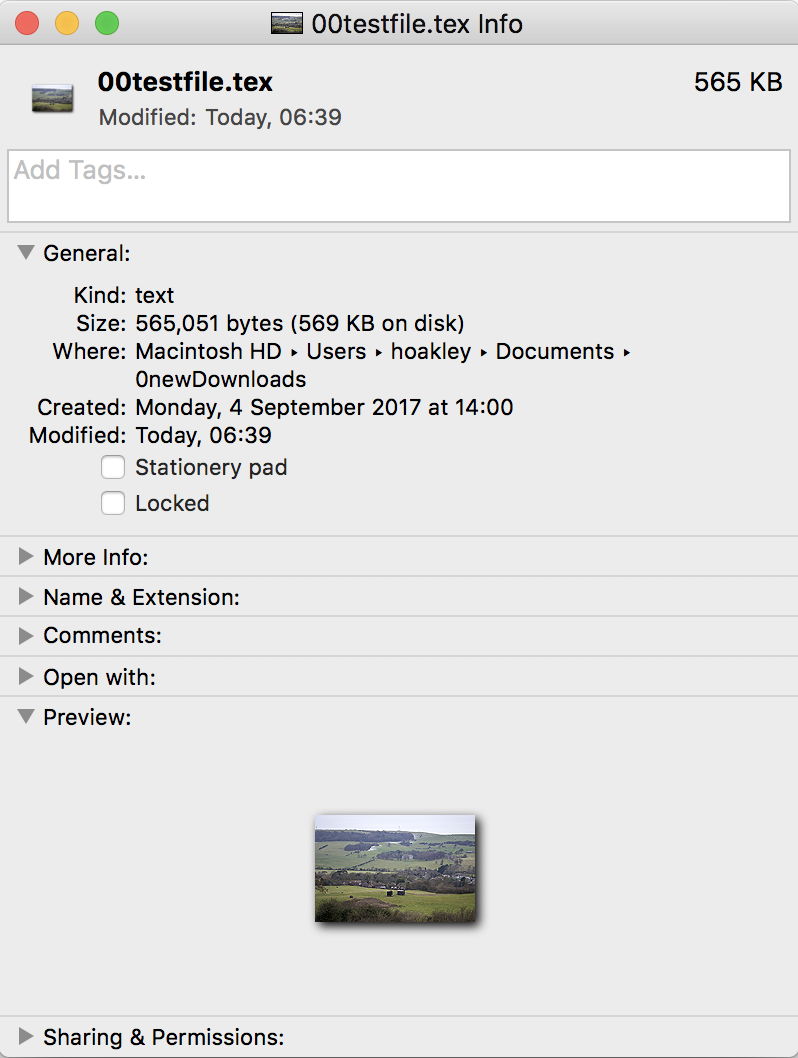The files and folders that you are stored in the iCloud cloud can keep up to all of your devices and you can access these files and folders via iPhone, iPad, iPod touch, Mac or PC, and iCloud.com.
- ICloud Disk uses Apple's free iCloud service to let you bring all your files, photos, music, docs and videos anywhere. It will allow you to easily store files online and access content from your iPhone/iPod Touch or iPad and collaborate with others.
- Otherwise, consider backing up to an external drive. Launch the Photos app on your Mac. Click Photos in the App menu in the upper left corner of your screen. Select Preferences from the drop-down menu. Click the iCloud tab. Click Download Originals to this Mac.
- If you haven't, Mac's built-in backup software, Time Machine is recommended. Click System Preferences, select Time Machine, click Select Backup Disk, choose disk for iCloud photos backup, together with other data, and check the box Backup Up Automatically to backup iCloud photo library automatically on Mac.
- Make sure iCloud Drive is enabled (it should have a tick next to it). Click on Options beside iCloud Drive. Make sure that the box beside Desktop & Documents Folders is checked.

before the start
ICloud Drive iCloud Drive safely stores any kind of file so it can be accessed in iCloud-enabled apps on iPhone, iPad, Mac, or PC. With macOS, users can even access their Mac desktop and Documents folder on iOS. Enable iCloud Drive in Your App.
1. Update your iPhone, iPad or iPod Touch to the latest version of iOS or iPados and update your Mac to the latest version of MacOS.
2. Set iCloud on all your devices.
3. Make sure you log in to iCloud on all all devices.
4. If you are using a Windows PC, update to Windows 7 or later, then download the Windows version iCloud.
If your device cannot update to the latest version of iOS or MacOS, check the minimum system requirements that use the iCloud cloud disk.
start using
Set iCloud cloud trays in all locations you want to access and edit files.
On iPhone, iPad and iPod Touch
1. Go to 'Settings>' [Your Name] '.
2. Tap 'iCloud'.
3. Open the iCloud cloud disk.
You can find your iCloud cloud file in the File app.
On the Mac
1. Go to Apple Menu> System Preferences, then click Apple ID. If you are using Macos Mojave or lower, you don't take a point to press 'Apple ID'.

Icloud Desktop App
2. Select 'iCloud'.
3. Log in with your Apple ID as needed.
4. Select 'iCloud Cloud'.
To add the files in the Mac 'Desktop' and 'Document' folders to the iCloud cloud disk, open 'Desktop' and 'Document'.
You can then find your desktop and 'document' folders in the 'iCloud' section of the 'Visit' side.
If you add a second Mac 'desktop', a folder with the second MAC will appear in the 'Desktop' and 'Procuament' folder of the iCloud cloud disk, you can find the second in this folder. Documents in the Mac. The file in the second MAC does not automatically merge with the files in the first MAC.
If you have used a feature from another cloud service provider, this feature can synchronize or manage your Desktop and Documentation folders, you need to close this feature to use 'desktop' and ' Document. To use 'Desktop' and 'Document', you need to install MacOS Sierra or higher.
On iCloud.com
1. Log in to iCloud.com.
2. Select 'Pages', 'NumBers Form' or 'Keynote Executive'.

3. If the system prompts you to upgrade, click 'Upgrade to ICloud Cloud'.

On Windows PC

After setting the iCloud cloud disk on your iPhone, iPad, iPod touch, or Mac, you can set it on the Windows PC.
1. Go to 'Start', open 'Apply' or 'Programs', then open 'Windows ICLOUD'.
2. Enter your apple ID to log in to iCloud.
3. Select 'iCloud Cloud' and tap 'Apply'.
Icloud Disk Space
After setting the iCloud cloud disk, all documents you have stored in iCloud will be automatically moved to the iCloud cloud disk. In addition to the Pages document, NumBers, and Keynote Executive App, your iPhone, iPad, and iPod Touch will save your files in the File app. If you don't see your files in these apps, they may be on the device that has not yet opened the iCloud cloud disk.